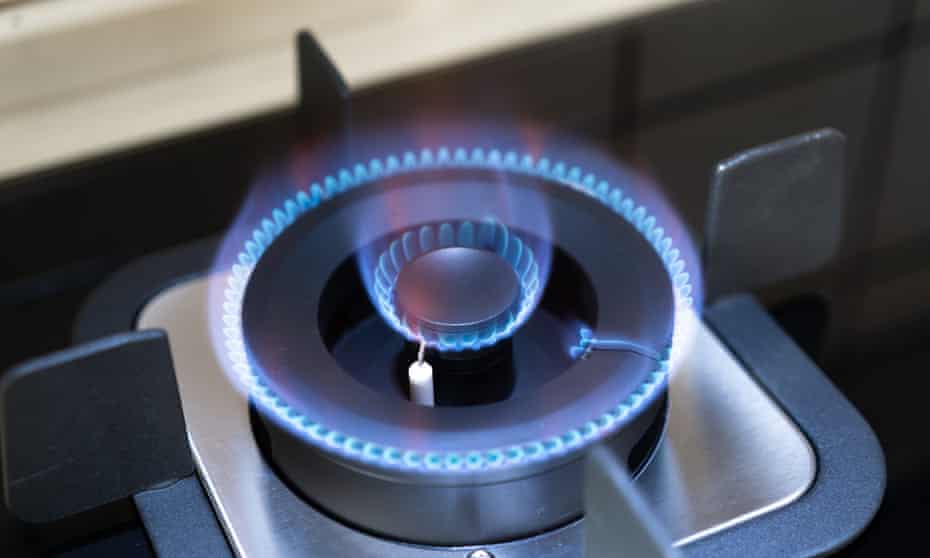Extract from The Guardian
Parliamentary committee also recommends cut-off date for sale of diesel and petrol cars

Thu 26 May 2022 17.32 AEST
Last modified on Thu 26 May 2022 18.57 AESTIt also urged Victoria to commit to a cut-off date for the sale of new petrol, diesel and gas-fuelled vehicles.
The committee’s final report, which made 32 recommendations, found the state’s electricity demand is likely to double by 2050 as a greater uptake of low-emission vehicles coincides with a decline in household gas appliances.
The upper house inquiry was tasked with investigating a blueprint for the state to transition to 100% renewable energy. Its final report comes as households in Queensland and New South Wales brace for a double-digit increase in their power bills in coming months as generation costs soar.
Tristan Edis, an analyst at consultancy Green Energy Markets, said removing the regulation for gas mandates would probably be welcomed by property developers.
“They’re doing it partly just to comply with requirements, so it just seems like a no-brainer,” he said.
“The requirement for a [gas] connection is redundant, because 20 years ago gas was a lower-emissions alternative to electricity for water and space heating in particular … but then along came reverse-cycle air conditioners, which are so much more efficient. And then we discovered renewables were cheaper than we thought they were going to be.”
The ACT has a climate strategy to reach net zero by 2045 that includes the removal of mandatory gas connections for new residential suburbs. But in Victoria, gas remains the state’s dominant fuel source, particularly for heating homes during winter.
The Department of Industry and Science’s latest energy statistics, released last year, show Victoria’s gas use by the residential sector was 14.8% – almost double the nationwide figure of 7.9%.
The report makes no recommendations on the state government’s net zero emissions target by 2050, but the Greens have called for Victoria to bring forward the timeline to 2030. The Greens – which initiated the inquiry – cited the report as evidence that the state could accelerate its transition away from fossil fuels like coal.
The Victorian Greens leader, Samantha Ratnam, said the inquiry provided the “know how” to transition to renewables.
“We now need the courage to act,” Ratnam said.
Evins said Green Energy Markets analysis showed the state was on track to have 55% of its energy from renewables by 2030, based on locked-in projects and expected uptake of rooftop solar.
But he said 100% would be “challenging” and that Victoria needed to expedite building new transmission lines, particularly in the north-west.
Environment Victoria’s policy and advocacy manager, Bronya Lipski, said the inquiry emphasised the importance of moving “quickly and boldly” towards 100% renewable power.
“Transitioning to 100% renewable energy is the only thing that will shield Victorians from both unaffordable energy bills and runaway climate change,” Lipski said.
The legislative council’s environment and planning committee chair, Sonja Terpstra, said the importation of diesel-fuelled cars was still a “problem” and stressed that the commonwealth could do more to assist the transition to EV cars.
In March, the premier, Daniel Andrews, announced Australia’s first offshore wind targets, which the government estimates will generate 20% of the state’s energy needs by 2032.
The report said pursuing offshore wind projects would help “relieve pressure” on the amount of renewable energy generators needed to reach the state’s 2050 target.
Victoria’s environment minister, Lily D’Ambrosio, said the state was working to remove barriers to all-electric developments to give consumers more choice.
“Talk is cheap, but we have the most ambitious renewable energy plan in the country and we’re getting on with delivering it - to the benefit of all Victorians,” D’Ambrosio said.
No comments:
Post a Comment